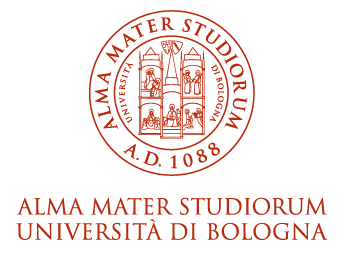- Docente: Giulio Zanella
- Credits: 6
- SSD: SECS-P/01
- Language: English
- Teaching Mode: Traditional lectures
- Campus: Bologna
- Corso: Second cycle degree programme (LM) in Economics (cod. 8408)
-
from Nov 07, 2023 to Dec 12, 2023
Learning outcomes
At the end of the course student has knowledge of a detailed analysis of the main areas in labor economics, both from a theoretical and an empirical perspective. Topics include the analysis of labor supply by individual and households, labor demand by firms, equilibrium wage differentials and employment outcomes resulting from the interaction of such supply and demand, education and human capital, life-cycle profiles, job search models, and labor market institutions. At the end of the course student has an understanding of how labor markets work and possess the basic tools to undertake original research in the field.
Course contents
This is a graduate-level (Master and PhD) course in labor economics. The goal is to introduce students to advanced analysis of labor markets and to provide them with tools to engage in independent research in labor economics. We will cover the following topics:
- The methodology of advanced labor economics
- Labor supply and demand
- Search and matching (with applications to active labor market policy and minimum wages)
- Human capital
- The Roy model (with applications to immigration and education policy)
- Technological progress, automation, and the future of work
Readings/Bibliography
- Lecture notes.
- Labor Economics, Second Edition, by Pierre Cahuc, Stéphane Carcillo and André Zylberberg, MIT Press, 2014 (a useful, though not required, graduate-level textbook).
- Research articles assigned during the semester.
Teaching methods
Lectures will illustrate theory and empirical applications, and will guide students to independent study and critical thinking.
Assessment methods
Problem sets will be assigned during the semester. The final exam consists of a report and presentation of a research article related to the topics studied in class, chosen from a list prepared by the instructor. The final grade is computed as follows: problem sets 30%; final exam 70%. The maximum possible grade is 30 cum laude. The grading scale is the following:
<18: Fail
18-23: Sufficient
24-27: Good
28-29: Very good
30: Excellent
30 cum laude: Outstanding (the instructor was impressed)
Teaching tools
The Virtuale platform will provide the following resources:
- Updated information and notices
- Class slides
- Research articles
Office hours
See the website of Giulio Zanella
